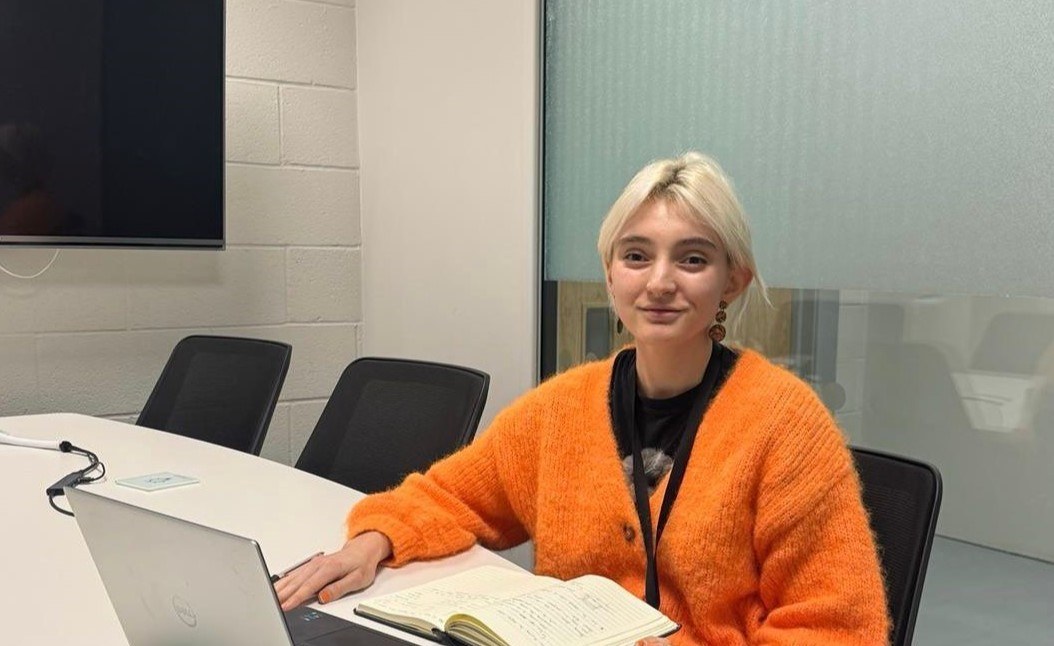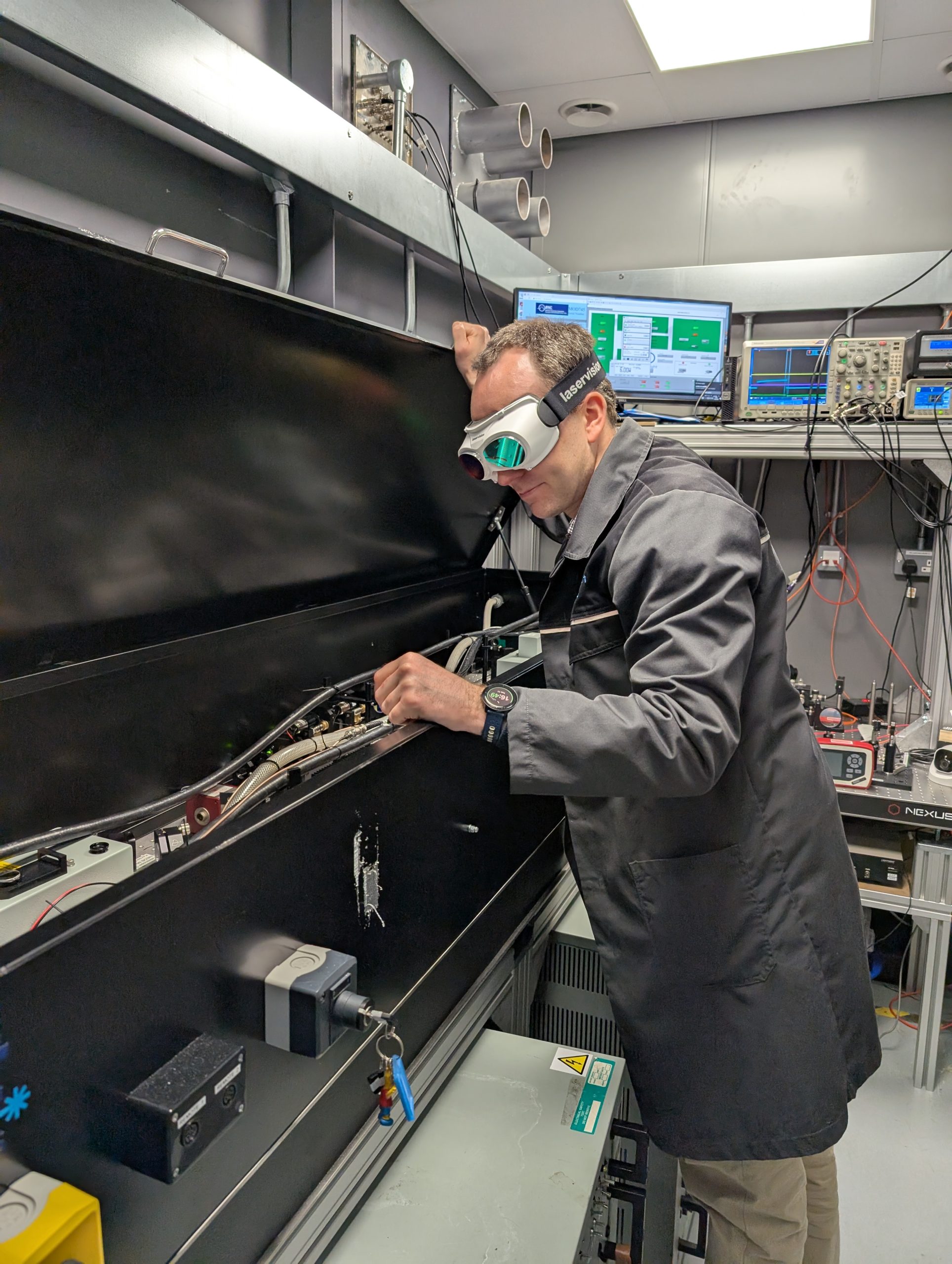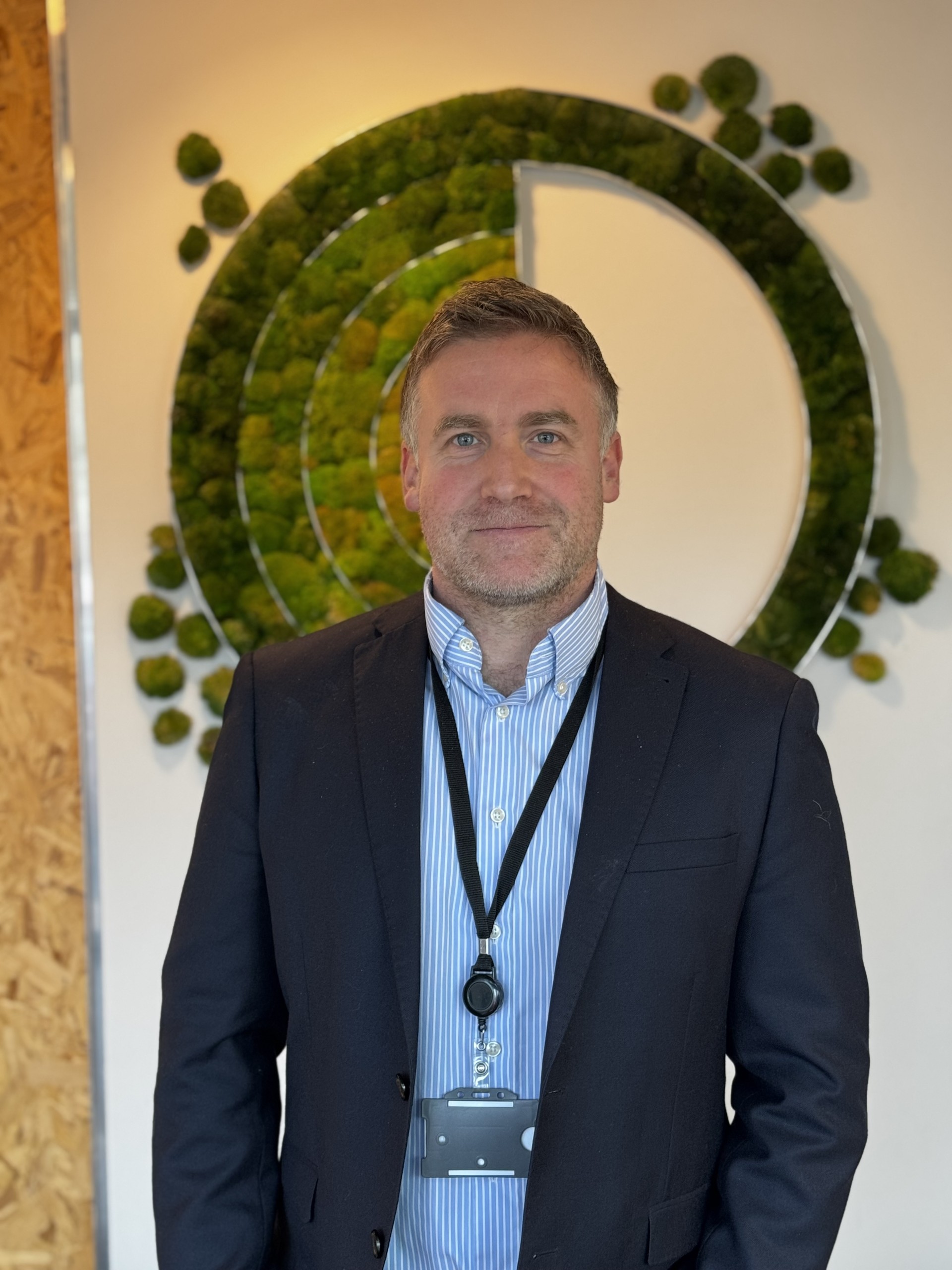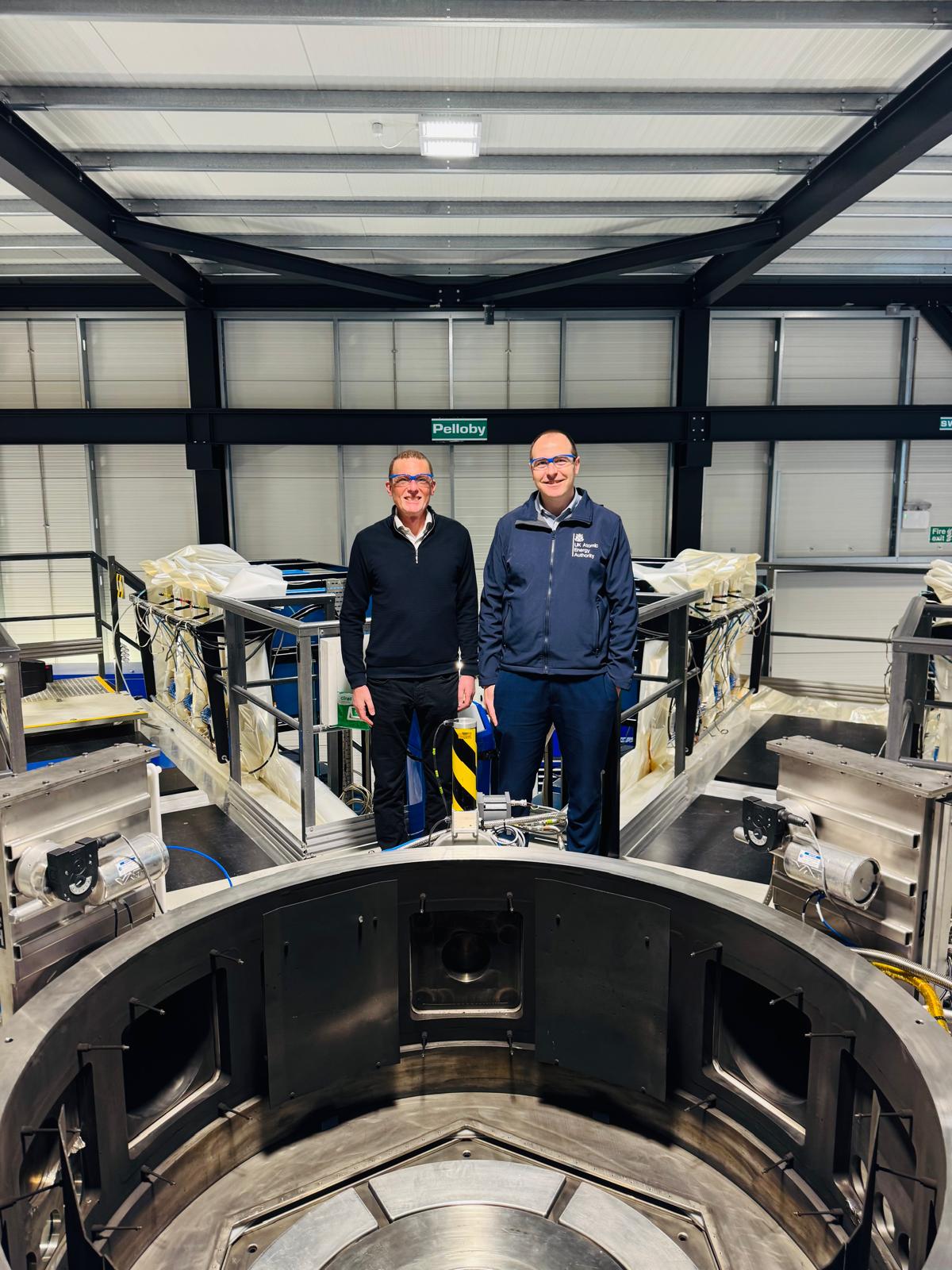Behind First Light Fusion is a team of over 100 talented scientists, engineers and technicians – from a range of backgrounds but all united by a passion for realising fusion energy at scale.
In the latest installment of our ‘Meet the Team’ series, we hear from First Light scientist and PhD student Mila Fitzgerald about why her ‘electric gun’ experiments could hold the key to developing an inertial fusion power plant, and what excites her most about the inertial fusion industry today.
—
1. What is your role at First Light Fusion?
I am a scientist in the Computational Software Engineering group and a First Light Fusion sponsored PhD student at the University of Oxford. I spend my time developing our in-house simulation software and running experiments on our 200kV pulsed power machine, M3, to collect data to validate our models. My PhD has focused on investigating an electromagnetic projectile acceleration system known as an ‘electric gun’. First Light Fusion is interested in the electric gun as it may hold the key to driving fusion reactions in our targets in a power plant setting, but the technology still requires a lot of development. My research has focused on using modelling and experiments to understand whether the electric gun can accelerate solid projectiles to the velocities needed to drive and ignition reaction.
2. What did you do before FLF and why did you want to join the First Light team?
Before I came to First Light, I was at the University of Oxford doing a degree in Engineering Science. I decided to study engineering because of my interest in clean energy, so when my academic supervisor suggested I do a master’s project with local fusion start-up First Light Fusion, I jumped at the chance. I loved my master’s project and decided I wanted to stay in fusion research, so accepted a position at First Light as a scientist alongside a PhD position in the university’s Dynamic Behaviour of Materials research group.
3. What most excites you about the future of fusion energy?
I’ve been in fusion for a little over four years now and the progress made in the field in that time has been incredible to see, especially in inertial confinement fusion. When I joined First Light, no one had ever demonstrated energy gain in a controlled setting and some people thought it couldn’t be done. Now that NIF has shown us we can drive gain reactions, the question is no longer ‘is creating energy using fusion possible?’, it’s ‘how can we use fusion reactions to provide clean energy?’. I’m an engineer at heart (despite being surrounded by physicists) and I’m excited to be part of the effort to try to create fusion energy power plants.
4. What advice do you have for someone interested in working in fusion or physics?
There are so many different problems we need to solve before we can use fusion reactions to create clean energy – the field needs so many different kinds of people: scientists, engineers, technicians, software engineers, data scientists. My advice would be to work out what you enjoy doing, what you’re best at and what problem you would like to be involved in solving. Then, go find the role that suits you!
5. When you’re not at work, what do you enjoy doing?
When I’m not working I enjoy running, painting and playing the drums in the band Top Shortage.
6. What is your favourite thing about working at First Light?
My favourite thing about working at First Light Fusion is the people – I get to work alongside some immensely talented scientists! Having been here since my undergraduate degree, I like to joke that I’ve ‘grown up’ at First Light because I’ve learnt so much from the members of my team.



